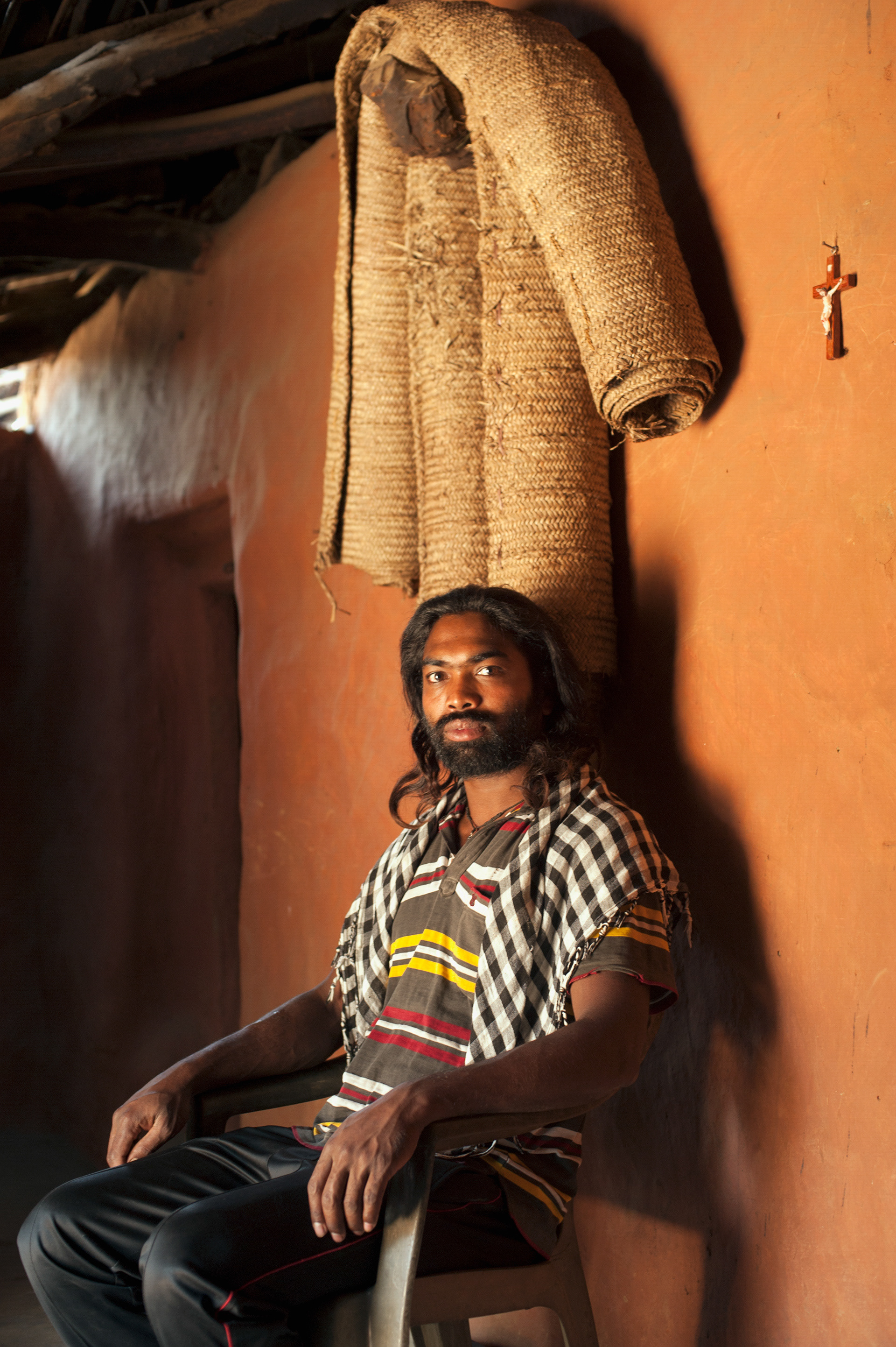
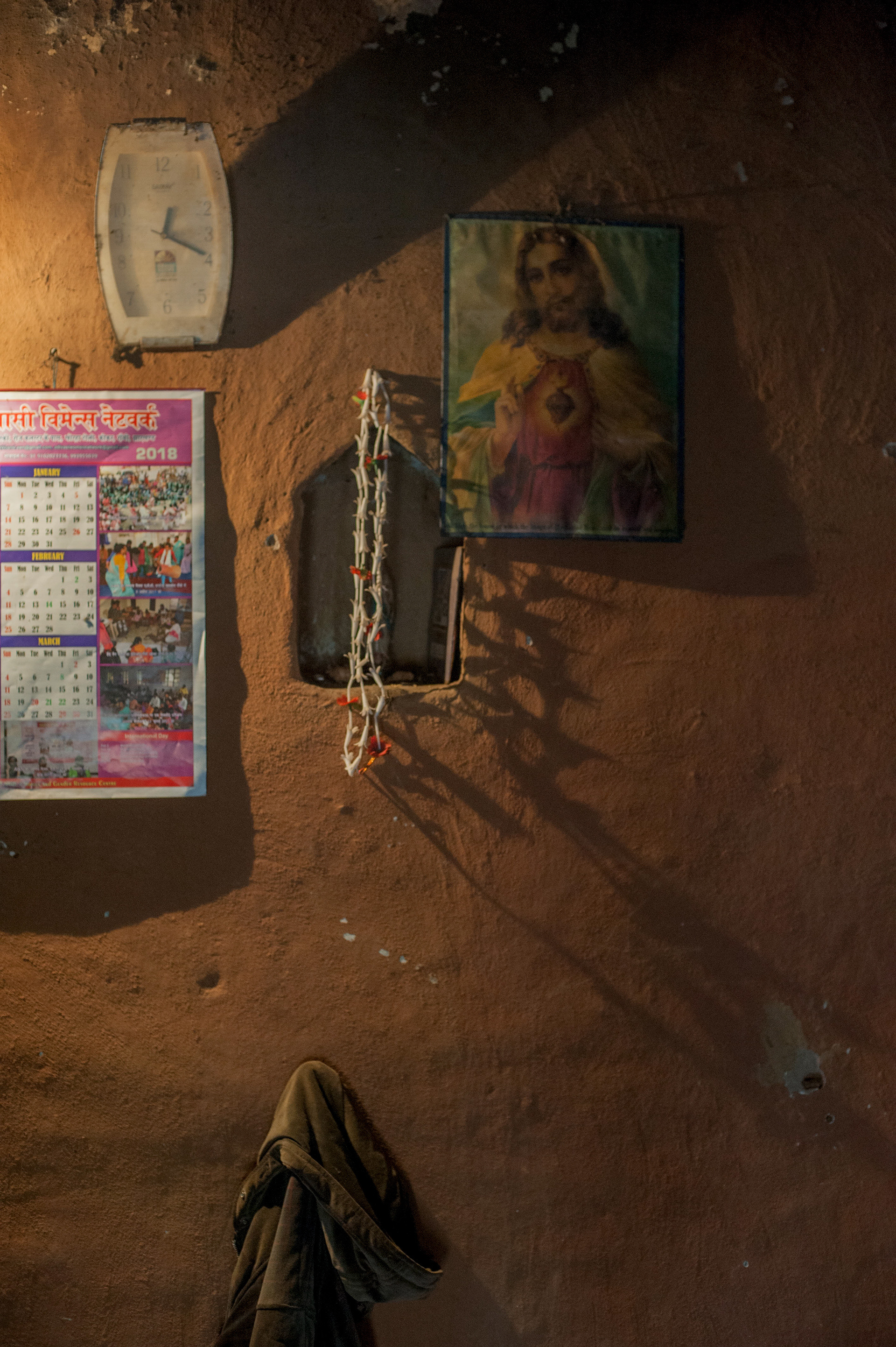
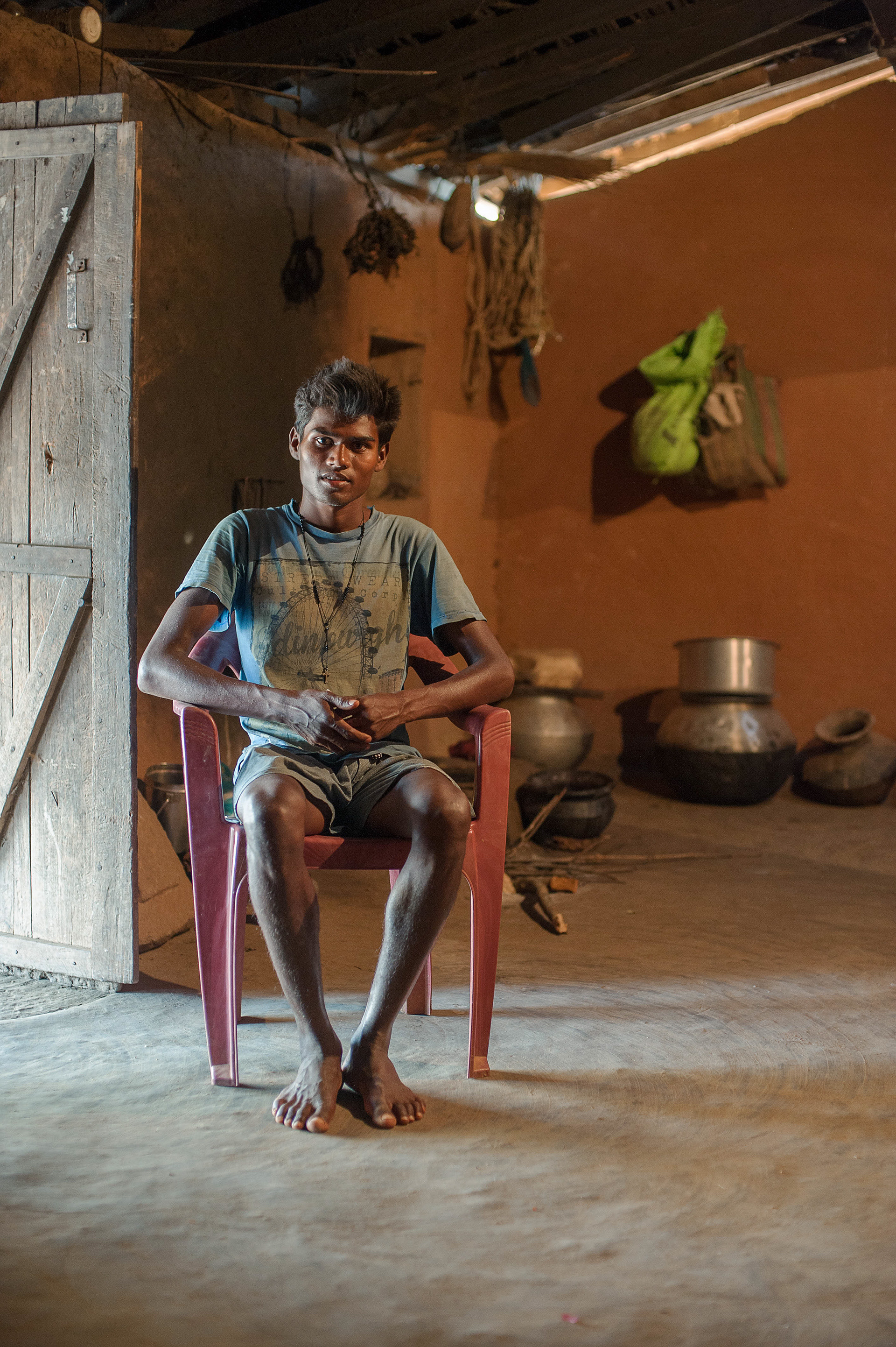
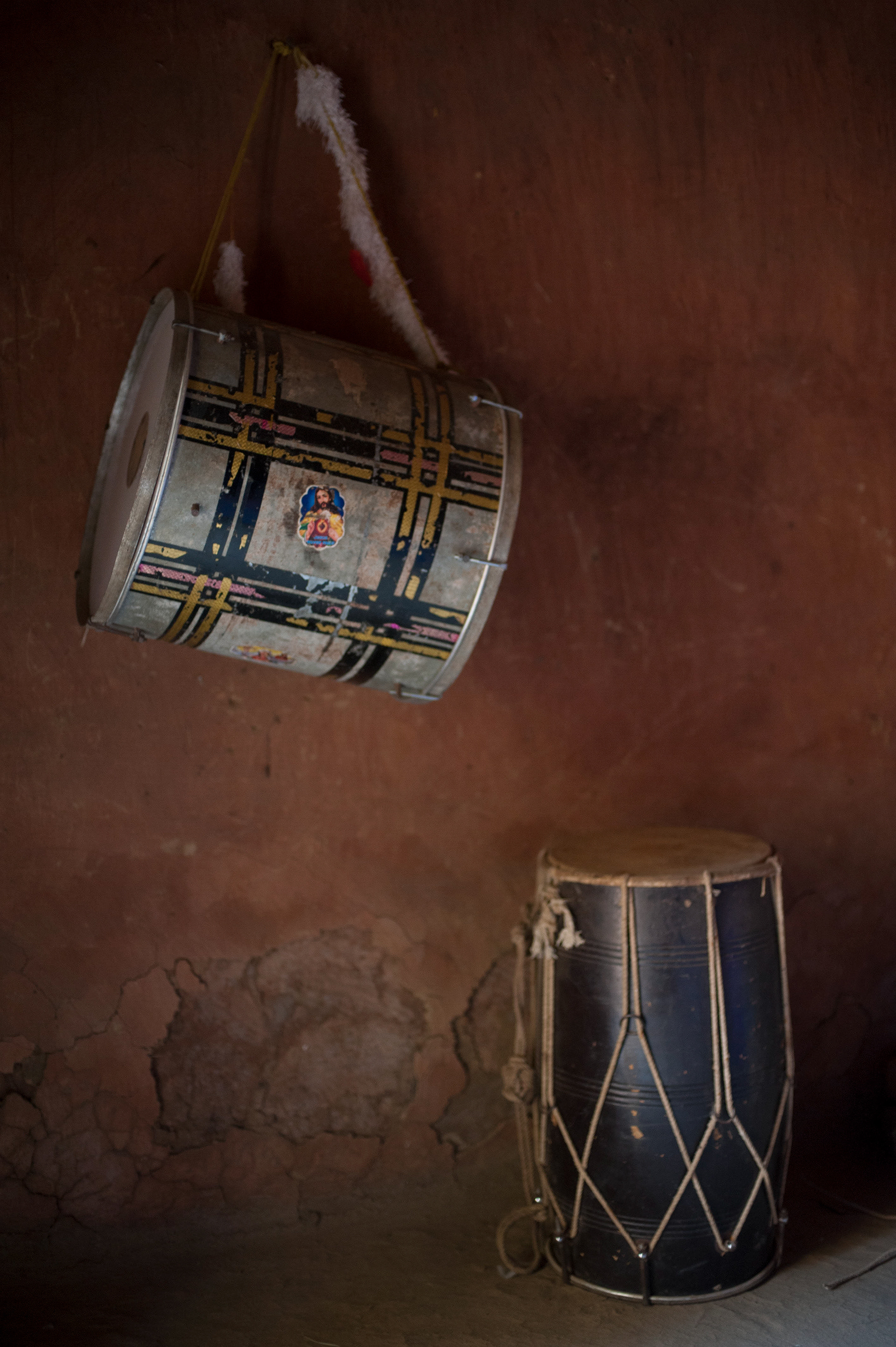
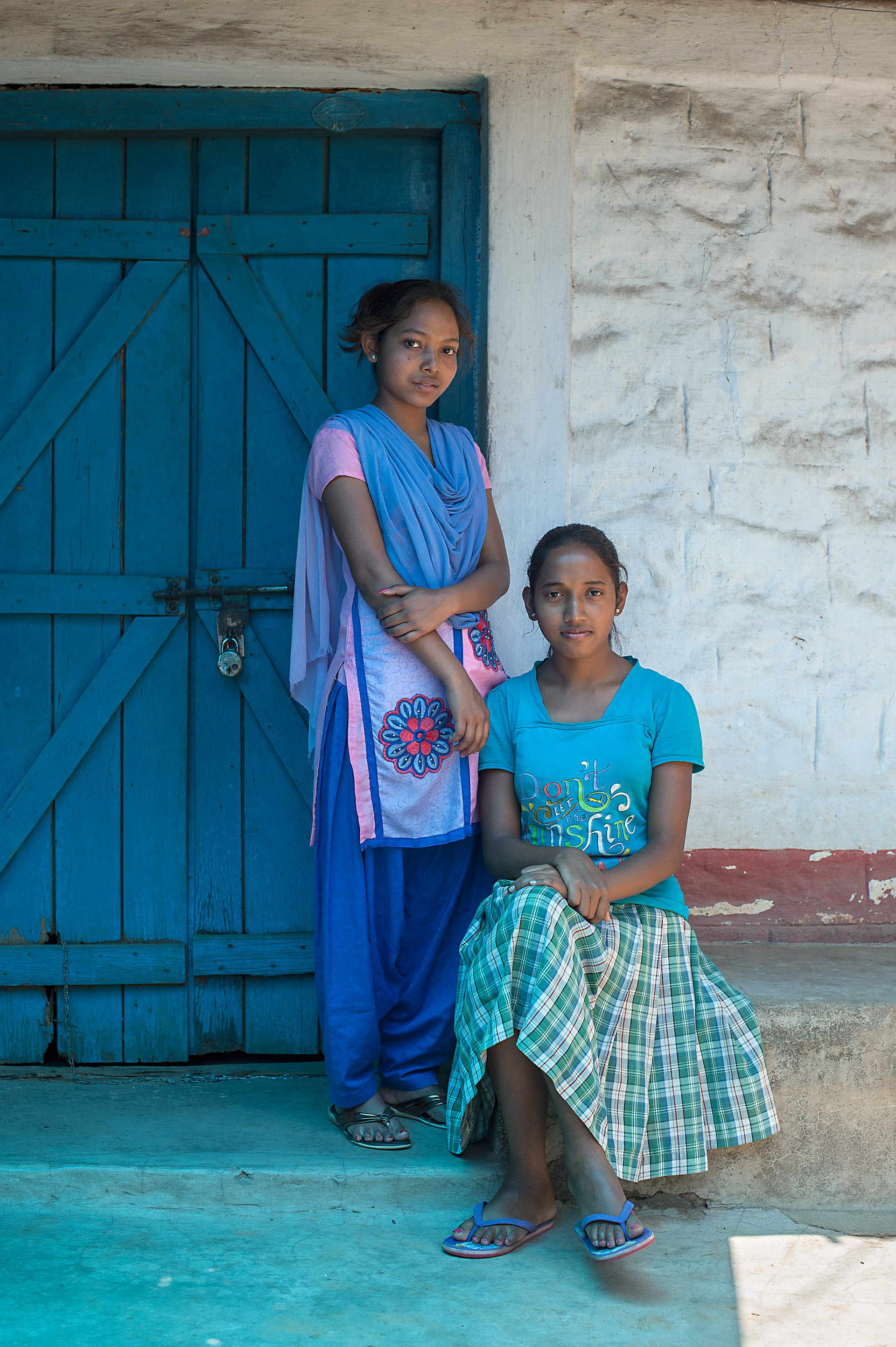
The history of the aboriginals of the state of Jharkhand has a starkly unique identity and culture. Through centuries of cultural association with both Hinduism and Christianity, the tribal have dynamically amalgamated their traditional belief system of nature worship with elements borrowed from other religions. Syncretism, one of the defining characteristics of the tribal animistic faith has been Jeopardized time and again through its politicization by majoritarian forces. The contrast in the education and development between tribes of different religions remains one of the key aspects that is used to infuse communal division in various parts of the state.
In the wake of communal politics in Jharkhand, the work attempts to decipher the indigenous identity, which remains constantly in the process of its redefinition through the youth population of Khunti. Personal aspirations, collective and religious inclinations (influenced by the current disruptive politics of identity), and the rich history and culture of the land from the focus and the basis of this enquiry.